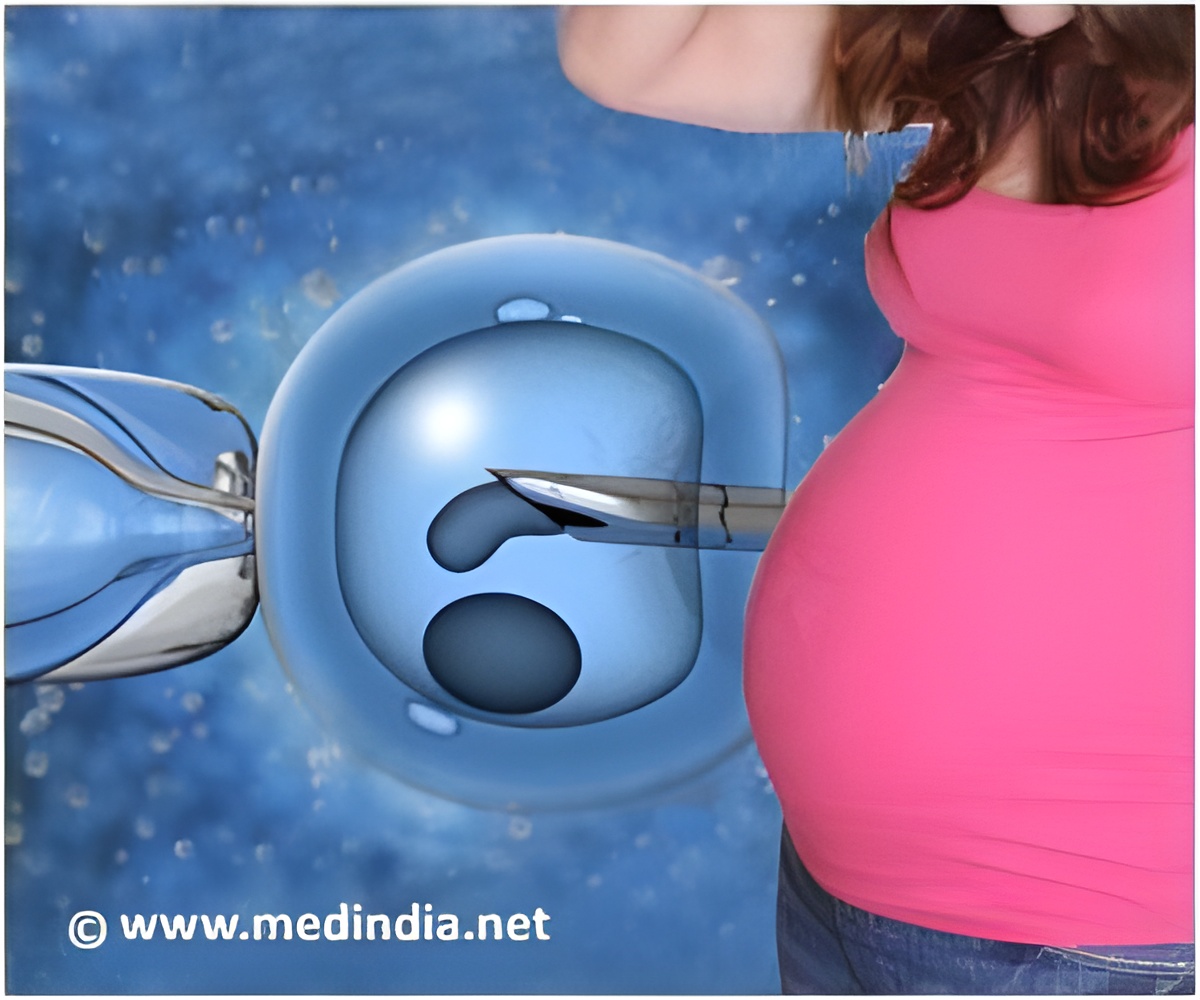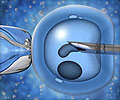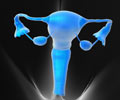
Professor Elizabeth Sullivan from the Perinatal and Reproductive Epidemiology Research Unit of the University of New South Wales in Sydney, Australia, said that from a public health perspective "there is justification for advocating SET as first line management in assisted reproduction with the aim of minimising preventable perinatal deaths".
The study she described included 50,258 births, which were of more than 20 weeks gestation and/or 400 grams birthweight following IVF and ICSI pregnancies. Total perinatal deaths were defined as the number of fetal deaths (stillbirths) plus the number of neonatal deaths (deaths that occur before 28 days after birth).
Analysis showed an overall perinatal mortality rate of 16.2 per 1000 births, representing 813 perinatal deaths during the study period (630 stillbirths and 183 neonatal deaths).
However, births following the transfer of two embryos had a significantly higher perinatal mortality rate than births following SET (19.1 per 1000 births and 13.2 per 1000 births).
The risk of perinatal mortality for all births following two embryo transfer was 53 percent higher than those following SET. This difference was especially apparent in births following the transfer of fresh (and not frozen) embryos; births following the transfer of two fresh embryos had 74 percent higher risk of perinatal mortality than births following fresh SET.
Advertisement
Professor Sullivan noted that the voluntary adoption of an IVF policy of single embryo transfer in Australia and New Zealand has been associated with a reduction in overall perinatal mortality for all babies conceived by assisted reproduction methods, which was justification in itself for recommending SET as a first line fertility treatment for non-donor cycles in women aged under 35 years.
Advertisement
She explained: "The number of embryos transferred per procedure is the major determinant of multiple pregnancy and multiple delivery, which contribute to an elevated risk of preterm birth and low birth weight, and its sequelae. These are risks in addition to those already faced by women being treated for infertility.
"Australia and New Zealand have shown that in the right policy environment a voluntary change to SET practice is achievable," she added.
Professor Sullivan presented the results of the analysis at the annual meeting of ESHRE (European Society of Human Reproduction and Embryology).
Source-ANI












